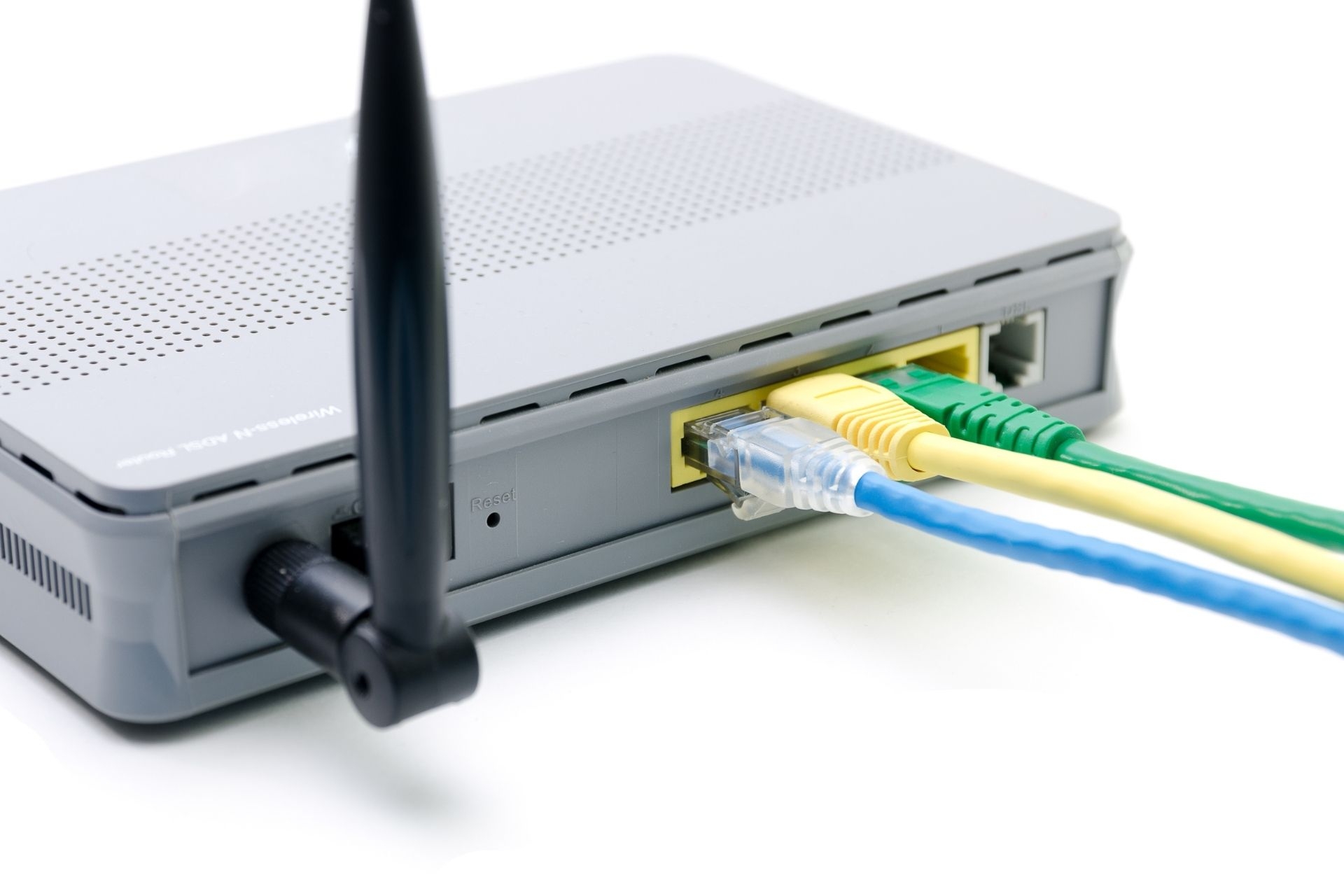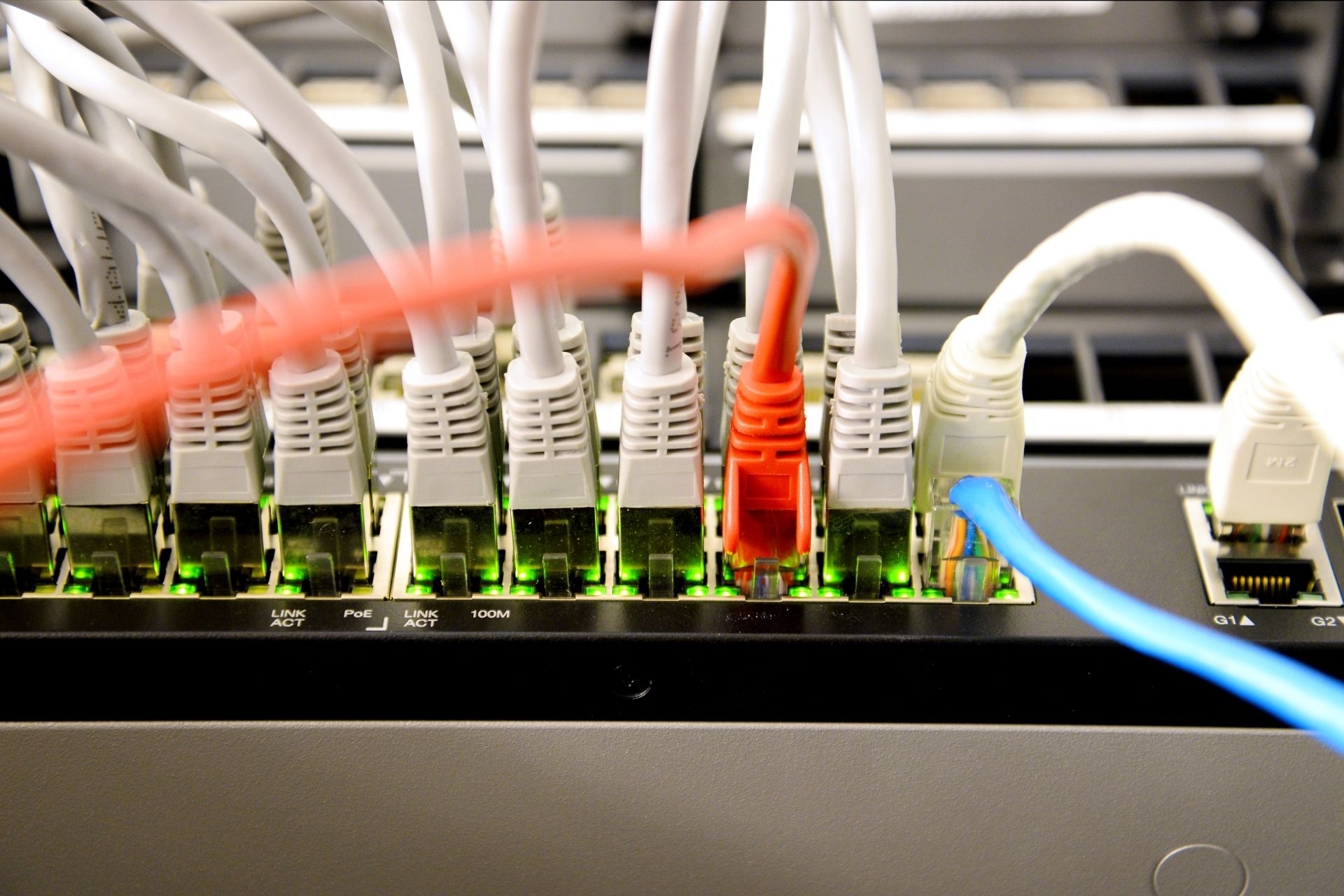

Network monitoring software plays a crucial role in detecting and preventing security breaches by continuously monitoring network traffic, analyzing data packets, and identifying any suspicious activity or anomalies. By utilizing features such as intrusion detection systems, packet sniffing, and behavior analysis, the software can alert network administrators to potential threats in real-time, allowing them to take immediate action to mitigate risks and safeguard the network from cyber attacks.
When selecting network monitoring software to optimize network performance, key features to look for include real-time monitoring capabilities, customizable alerts and notifications, network mapping and visualization tools, performance metrics tracking, and historical data analysis. These features enable network administrators to proactively identify and address performance issues, optimize network resources, and ensure smooth and efficient network operations.
For students and other multi-tenant property residents, high-speed internet service is no longer a luxury. It’s a necessity. Internet access is commonly referred to as the “fourth utility” and is viewed by many to be THE MOST IMPORTANT UTILITY™.

Posted by on 2023-07-20
THE MOST IMPORTANT UTILITY™ Dojo Networks provides THE MOST IMPORTANT UTILITY™ service: Reliable high-speed internet access. Internet service is touched by your residents more than their lights, hot water, or heat/AC. MDU owners and property managers agree that residents place a high priority on high-speed internet service and according to a survey by Entrata, a “basic technology package” that includes internet access tops the list of amenities for which residents are willing to pay a premium.

Posted by on 2023-05-19
Multi Dwelling Unit (MDU) Property Owners have been besieged over the past 30 years by cable and telecom companies offering to provide television and high-speed internet services through contracts that vary from simple Right of Entry (ROE) to complicated Installation & Service Agreements. Today, the complexity of these contracts continues to be great, and property owners should use caution and seek professional advice before signing any new or renewal agreements.

Posted by on 2023-05-03
Touched by your residents more than their lights or hot water, the Internet has become a required utility, and managed WiFi is the perfect way to deliver the utility to your tenants. Tenants believe that the Internet should just work—no questions asked, no matter where they are in your building or on your property. You want happy tenants, and you recognize the competitive advantage and potential income that managed WiFi offers. You also know that installing managed WiFi can require a substantial capital investment, so you need to do it right the first time, with a vendor you can trust and rely on. But how do you find the best vendor? What should you require, and what questions should you ask?

Posted by on 2023-04-27
Network monitoring software helps in identifying and resolving network congestion issues by monitoring network traffic flow, bandwidth utilization, and packet loss rates. By analyzing this data, the software can pinpoint areas of congestion, identify the root causes of bottlenecks, and provide insights into optimizing network configurations to alleviate congestion and improve overall network performance.

Network monitoring software plays a crucial role in tracking and analyzing network traffic patterns by capturing and analyzing data packets, monitoring network devices and interfaces, and generating reports on network usage and performance. By tracking traffic patterns, the software can identify trends, anomalies, and potential security threats, enabling network administrators to make informed decisions to optimize network resources and enhance network security.
Network monitoring software assists in monitoring and managing bandwidth usage across an organization by providing real-time visibility into bandwidth consumption, identifying bandwidth-intensive applications or users, and setting bandwidth usage policies. By monitoring bandwidth usage, the software helps organizations optimize network resources, prioritize critical applications, and ensure efficient utilization of available bandwidth to meet business needs.
MDU Internet Infrastructure Used Currently For Commercial Applications in 2024

The benefits of using network monitoring software for real-time alerting and notifications of network issues include immediate detection of network outages, performance degradation, security breaches, and other critical events. By sending alerts and notifications to network administrators, the software enables quick response and resolution of network issues, minimizing downtime, and ensuring uninterrupted network operations.
The presence of MDU internet infrastructure can have a significant impact on property valuations and marketability. Properties equipped with high-speed internet access through MDU infrastructure are often more attractive to potential buyers or renters, especially in today's digital age where reliable internet connectivity is a top priority for many individuals. This can lead to increased demand for such properties, potentially driving up their market value. Additionally, properties with MDU internet infrastructure may also appeal to tech-savvy buyers or tenants who require a robust network connection for remote work, streaming, gaming, or other online activities. As a result, these properties may have a competitive edge in the real estate market and attract a wider pool of interested parties, ultimately enhancing their marketability. Overall, the presence of MDU internet infrastructure can be a valuable asset that positively influences property valuations and marketability.
VLAN configurations play a crucial role in segmenting MDU internet traffic by creating virtual LANs that separate different groups of users within the same physical network. By assigning specific VLAN tags to different devices or groups of devices, network administrators can control the flow of traffic, improve network security, and optimize bandwidth usage. This segmentation allows for better organization of network resources, enhances network performance, and enables more efficient troubleshooting and maintenance. Additionally, VLAN configurations help prevent broadcast storms and unauthorized access to sensitive data by isolating traffic within designated VLANs. Overall, VLAN configurations are essential for effectively managing and securing internet traffic in MDU environments.
DOCSIS 3.1 technology offers several advantages when used in MDU internet infrastructure. This advanced technology allows for higher data transfer speeds, increased network capacity, improved reliability, and enhanced security features. By utilizing DOCSIS 3.1, MDUs can provide residents with faster internet connections, seamless streaming capabilities, and better overall performance. Additionally, this technology supports the growing demand for bandwidth-intensive applications such as video conferencing, online gaming, and 4K streaming. Overall, DOCSIS 3.1 helps MDUs stay competitive in the market by offering cutting-edge internet services to residents.
Fiber deployment consultancy firms offer a range of services for MDU projects, including feasibility studies, network design, project management, installation supervision, and post-deployment support. These firms specialize in assessing the existing infrastructure of multi-dwelling units, conducting site surveys, developing customized fiber optic solutions, coordinating with contractors and vendors, overseeing the implementation process, and providing ongoing maintenance and troubleshooting services. Additionally, they may offer expertise in fiber optic technology, network optimization, scalability, cost-effectiveness, and regulatory compliance. By leveraging their knowledge and experience in fiber deployment, these consultancy firms help MDU projects achieve high-speed connectivity, improved reliability, and enhanced performance for residents and businesses.
Ethernet over Coax (EoC) technology in MDU internet setups works by utilizing existing coaxial cable infrastructure within multi-dwelling units to deliver high-speed internet connectivity to residents. EoC systems typically involve the installation of EoC adapters at both ends of the coaxial cable, which convert Ethernet signals into a format that can be transmitted over the coaxial cable. These adapters allow for the seamless integration of Ethernet-based services without the need for extensive rewiring or infrastructure upgrades. By leveraging the existing coaxial cable network, EoC technology enables cost-effective and efficient delivery of internet services to residents in MDUs, enhancing connectivity and user experience.